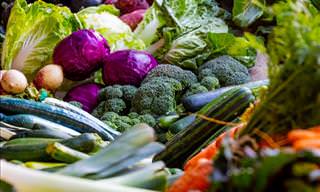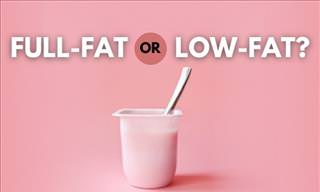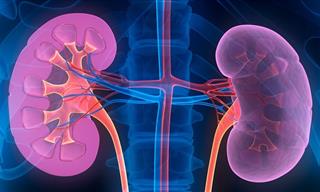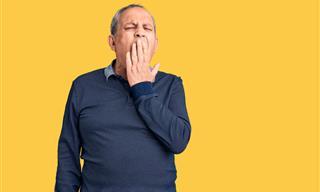The Basics of Fiber
Fiber is defined as the edible parts of plants that cannot be digested or absorbed by the human body. Fiber doesn’t contain any nutrients that our body can turn into energy. Yet we are told that a diet rich in fiber is essential for our overall health, but why? It turns out that even the parts of plants we cannot digest play a big role in our digestive health, our immune system, cardiovascular health, blood sugar management, and even chronic disease prevention.
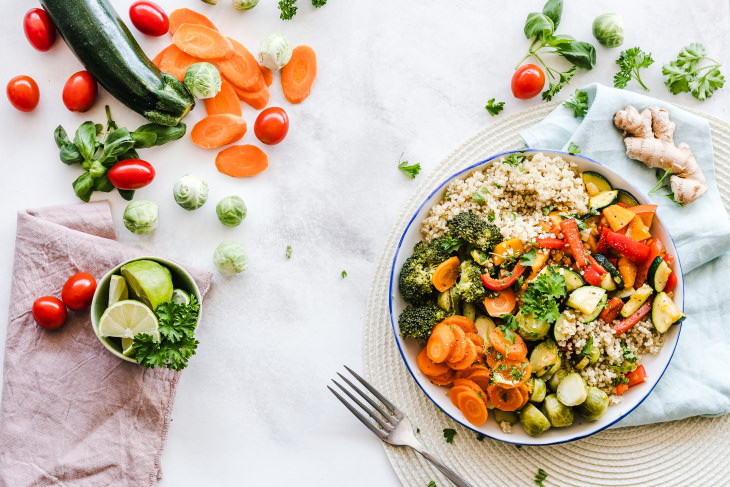
Fiber exists in two forms, and both of these forms are associated with their own health benefits:
Soluble fiber from foods like oats, apples, nuts, seeds, oranges, and legumes, is called ‘soluble’ because it can mix with water, forming a gel-like substance. Soluble fiber serves as food for the beneficial gut bacteria, who help break down the food in the large intestine. As a result, the body gets more nutrients from the foods we eat. Soluble fiber helps the body break down food more gradually, which lowers the risk of hypertension, high cholesterol, and high blood sugar. It is important for weight loss, too, as it helps you feel full faster.
Insoluble fiber, which is present in such foods as leafy greens, fruit skins, root vegetables, and whole grains adds bulk to bowel movements and balances the pH level in your intestine. It helps digested food pass through the GI tract more smoothly and quickly, which reduces gut inflammation and may prevent gut issues like colon cancer and diverticulitis. Read more about dietary fiber here - 25 Fascinating Fiber Facts.
It’s evident that fiber does a lot for our health, but how much of it is ideal?
The Academy of Nutrition and Dietetics lists the following recommendations:
-25 g per day for adult women
-38 g per day for adult men
-less fiber for 50+ years: 21 g for women, 30 g for men.
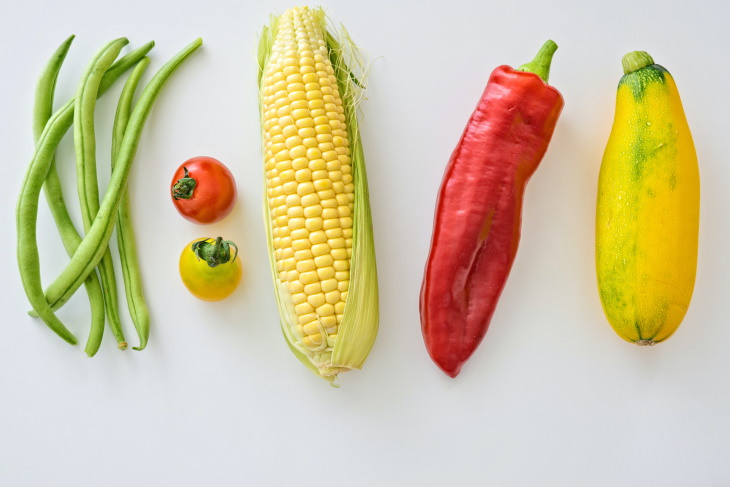
It’s interesting that most American adults don’t meet these daily recommendations. According to the 2020-2025 Dietary Guidelines for Americans, over 97% of men and 90% of women do not reach the recommended fiber intake. Given that many Americans rely on processed and fast foods that contain very little fiber, this is hardly surprising.
Still, this is not to say that overdoing it with fiber is uncommon or unnecessary to discuss. In fact, the symptoms of a rapid increase in fiber keep many people away from a healthier diet. If you’ve ever had too much chili or happened to overindulge on breakfast bean burritos one day, you’ll know what we mean.
Who is more likely to overdo it with the fiber and when?
The majority of people experience the symptoms of getting too much fiber when they increase their fiber intake very rapidly or suddenly switch to a plant-based or vegan diet. It takes time for our digestive system to get used to that much fiber, so fluctuations in your fiber intake may cause a number of unpleasant digestive issues.
Since most Americans don’t get enough fiber every day, it’s possible to experience symptoms of having too much fiber if you eat as little as 45g of fiber, although most scientific articles define the symptoms of excessive fiber intake when people have 70 g of fiber a day or more. Those symptoms are:
-Feeling too full
-Bloating and flatulence
-Constipation or diarrhea
-Dehydration
-Stomach cramps
-Nausea.
There is also some evidence suggesting that too much fiber can impair the body’s ability to absorb certain nutrients, namely magnesium, calcium, iron, and zinc. This, in turn, could potentially lead to a nutrient deficiency. But if you’re getting your fiber from whole foods and not fiber supplements, you needn’t worry about this according to research. This is because plant-based foods are naturally much richer in these minerals, so you’ll have your bases covered. Generally speaking, you don’t need to worry about excessive fiber consumption, unless you experience many unpleasant symptoms.

In a statement to Huffington Post, nutritionist Alyssa Northrop pointed out the following, “People in some cultures eat much more fiber than the average American, and they tend to have less chronic disease. So the issue isn’t really about eating too much fiber ― it’s about eating more fiber than your body is used to. It takes time for your digestive system and the bacteria in your gut to adjust to a higher fiber diet.”
To reduce your risk of experiencing constipation and flatulence as you try and meet your daily fiber needs, reintroduce fiber-rich foods slowly and gradually. Finding how much fiber you can tolerate is a delicate balance, so start small and increase the amount every week or two. If the unpleasant symptoms reappear, reduce the dose again for another week or two. In time, you’ll be able to meet the recommended daily fiber requirements without feeling pain or discomfort.
Lastly, it’s important to vary your sources of fiber. If you’re only eating oatmeal and legumes to meet your fiber needs, add in some cooked vegetables that are easier to absorb for the body, or some fresh fruit and nuts. Diversifying your fiber sources is able to reduce the likelihood of getting unpleasant symptoms.
All in all, the fiber content of plant foods shouldn’t deter you from pursuing a healthy diet rich in plant-based foods. If you’re experiencing discomfort when you try to include more plant foods, we listed a few useful tips for you to consider.
Related Article: 14 Fantastic Natural Sources of Healthy Fiber!
What can you do if you had too much fiber?
If you’re experiencing digestive discomfort and you suspect that too much fiber is the cause, there are several things that can help.
1. Increase Fluid Consumption
Drink more water or any other liquid to hydrate your body. As we’ve mentioned above, soluble fiber can actually absorb water, which can actually slow down digestion and may contribute to constipation, so it’s important to drink plenty of water to counter that effect.

2. Light exercise
Take a walk, clean the house, or do any type of physical activity you enjoy as often as possible to get your GI tract moving, too.
3. Avoid foods that increase bloating
If you experience gas and indigestion when you eat fiber-rich foods, it’s likely because your gut microbiome isn’t accustomed to the fiber. To reduce the likelihood of bloating and flatulence, avoid foods that trap air in the digestive system, such as chewing gum or carbonated beverages.
3. Reduce your fiber consumption
If you’re taking a fiber supplement, stop taking it temporarily to ease your symptoms. Try to eat a more bland diet until your symptoms get better.
Following these tips should have you feeling better in a few days. If this doesn’t happen, your symptoms are likely caused by something different. Conditions like IBS (irritable bowel syndrome), IBD (inflammatory bowel disease), and other ailments have very similar symptoms. It’s safest to see your doctor and get a proper diagnosis.
Share this information with those who eat healthily!
 Go to BabaMail
Go to BabaMail









